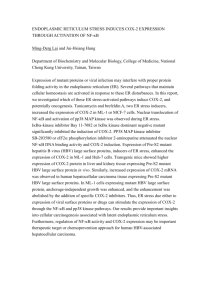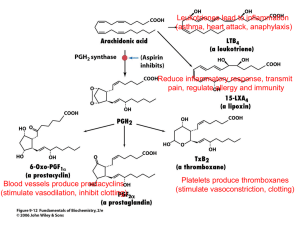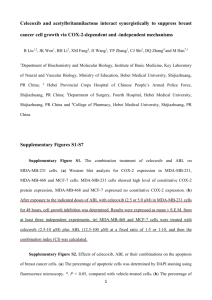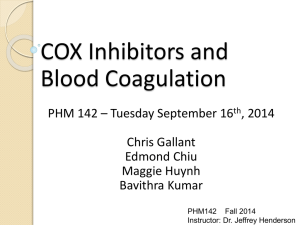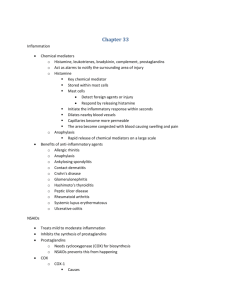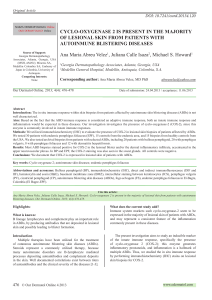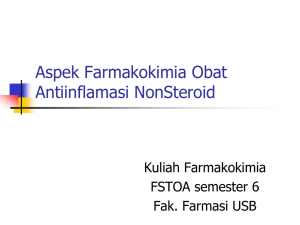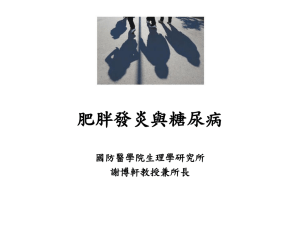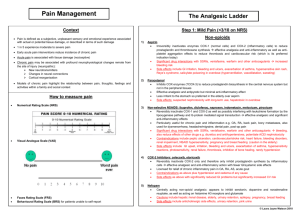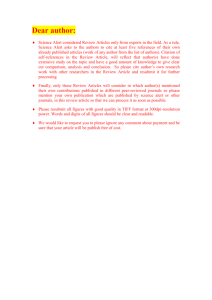bjc2011204x2
advertisement
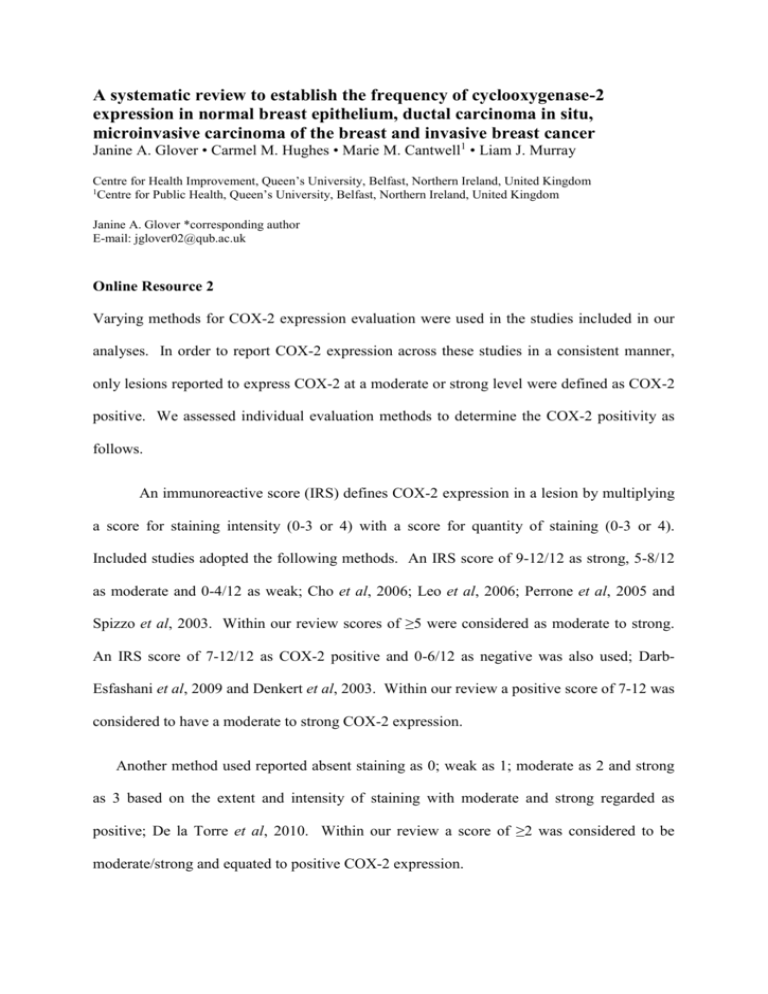
A systematic review to establish the frequency of cyclooxygenase-2 expression in normal breast epithelium, ductal carcinoma in situ, microinvasive carcinoma of the breast and invasive breast cancer Janine A. Glover • Carmel M. Hughes • Marie M. Cantwell1 • Liam J. Murray Centre for Health Improvement, Queen’s University, Belfast, Northern Ireland, United Kingdom 1 Centre for Public Health, Queen’s University, Belfast, Northern Ireland, United Kingdom Janine A. Glover *corresponding author E-mail: jglover02@qub.ac.uk Online Resource 2 Varying methods for COX-2 expression evaluation were used in the studies included in our analyses. In order to report COX-2 expression across these studies in a consistent manner, only lesions reported to express COX-2 at a moderate or strong level were defined as COX-2 positive. We assessed individual evaluation methods to determine the COX-2 positivity as follows. An immunoreactive score (IRS) defines COX-2 expression in a lesion by multiplying a score for staining intensity (0-3 or 4) with a score for quantity of staining (0-3 or 4). Included studies adopted the following methods. An IRS score of 9-12/12 as strong, 5-8/12 as moderate and 0-4/12 as weak; Cho et al, 2006; Leo et al, 2006; Perrone et al, 2005 and Spizzo et al, 2003. Within our review scores of ≥5 were considered as moderate to strong. An IRS score of 7-12/12 as COX-2 positive and 0-6/12 as negative was also used; DarbEsfashani et al, 2009 and Denkert et al, 2003. Within our review a positive score of 7-12 was considered to have a moderate to strong COX-2 expression. Another method used reported absent staining as 0; weak as 1; moderate as 2 and strong as 3 based on the extent and intensity of staining with moderate and strong regarded as positive; De la Torre et al, 2010. Within our review a score of ≥2 was considered to be moderate/strong and equated to positive COX-2 expression. One study used the Allred class with staining (extent and intensity) categorised from 0-4 and score of 2-4 regarded as over-expressing; Kerlikowske et al, 2010. Within our review a score ≥2 was considered to be moderate to strong COX-2 expression. Other evaluation methods assessed only quantity of COX-2 staining. Absent of COX-2 staining as 0; weak expression showing less than 10% staining as 1+; moderate to strong expression showing 10-90% of cells as 2 and strong with greater than 90% cells intensely stained as 3; Ristimaki et al, 2002; Sivula et al, 2005 and Wulfing et al, 2003. Within our review a score ≥2 was considered to be moderate to strong COX-2 expression. COX-2 positivity score of ≥ 1 or 10% positivity, whereby any samples with the quantity of staining greater than 1 or 10% of total cells showing staining were defined as being COX-2 positive; Kulkarni et al, 2008; Schmitz et al, 2006; Surowiak et al, 2005 and Yamamoto et al, 2008. Within our review a score regarded as positive was considered to be moderate to strong COX-2 expression. A score based on (0 x percentage of cells not stained) + (1 x percentage of cells weakly stained) + (3 x percentage of cells strongly stained). A score in the sample tissue with a greater expression than the median COX-2 expression in adjacent normal breast tissue was described as over-expressing; Witton et al, 2004. Within our review a score above the median COX-2 expression of the adjacent normal breast tissue was considered to have a positive COX-2 expression. Finally, two papers categorised lesions only as no staining, weak, moderate and positive; Gunnarsson et al, 2006 and Zhao et al, 2008. We included moderate and positive categories within our review.
